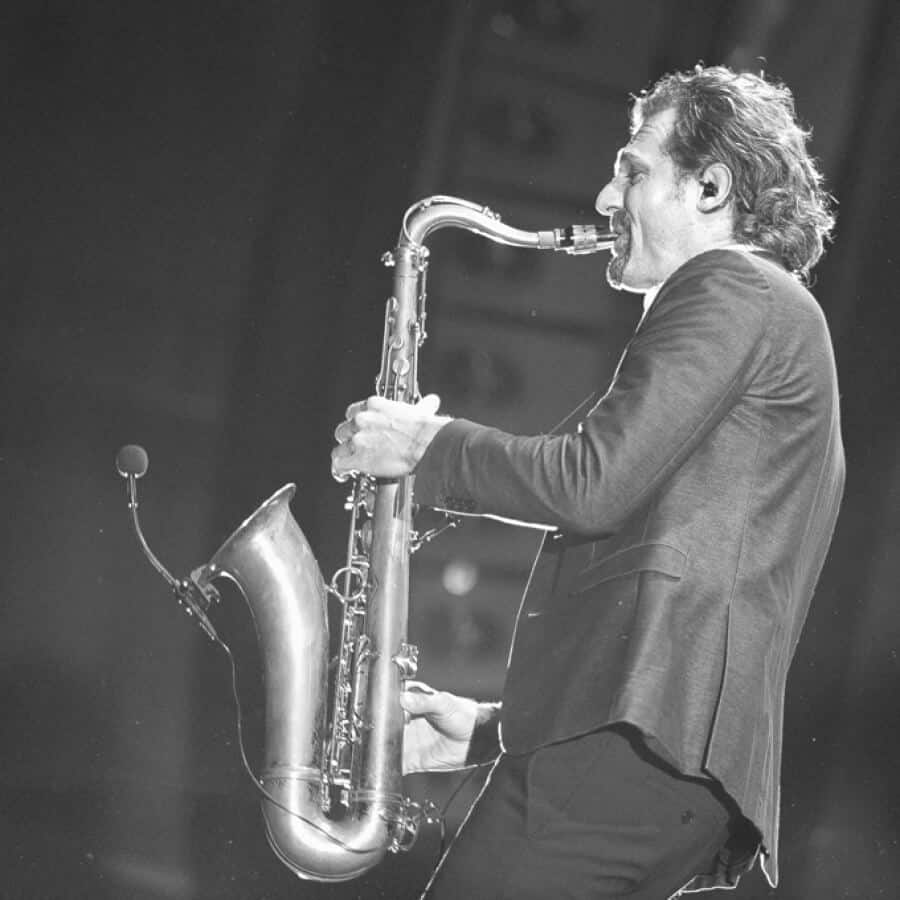In a previous article, we wrote about the particular style of music called retrowave, which grew out of the desire to hybridize something old-fashioned with modern trends. Therefore, today's piece will be about a rather comparable style of music which has emerged in a somewhat similar way.
Electro Swing has descended from the swing jazz that originated way back in the ‘20s, in the United States of America, and dominated the music scene until the late ‘40s. One of the main features of this music is that it was usually played by large jazz orchestras that had a lot of wind instruments and a strong rhythm section.
But let’s travel a bit closer to our own time and talk about the modernized electronic version of this genre. The initial steps in this direction were made in the early ‘90s when such musicians as G-Swing, Mike Dixon, Doop, and Gabin began mixing house music with the elements of swing jazz.
In this time period, the term “electro-swing” first appeared in the music press. However, this phase was rather short-lived because, by the late ‘90s, the popularity of the genre had subsided as it went into a version of the underground, having turned into a local sub-genre of house music. It should be noted that even during its years in obscurity, the genre continued to take shape, slowly but surely. In 1999, a single called “Get a Move On”, released by Mr. Scruff, set the genre’s direction.
In 2005, Max Fuderer finalized the formation of the genre. He decided that the time for remixes was over and, after acquiring the pseudonym Parov Stelar, started to release original songs in which he employed a live, jazzy sound. These innovations allowed the genre to find a place in the global trends of the early 21st century. Actually, the absolute majority of bands that play in the style of electro swing are followers of Parov Stelar, in one way or another.
By 2011, the popularity of the genre began to fade, but it managed to leave a legacy in the form of a full-fledged and independent musical movement. Although electro-swing didn’t achieve mass popularity, it brought forward a significant number of immensely talented and fascinating musicians.
Parov Stelar – The Princess (2012)
Perhaps this is one of the best albums by this particular band as well as of the entire genre.
Caravan Palace – Caravan Palace (2008)
One of the bands that followed in Max Fuderer’s footsteps, particularly respecting the sound that he discovered. It would be fair to say that the quality of their music is on a par with the music composed by the pioneer of the genre.
Club des Belugas – Fishing for Zebras (2014)
This band was formed long before the emergence of electro-swing. Initially, they played a modernized version of jazz interwoven with other genres. The members of the band have a simple name for this style – Nu Jazz. However, this term contains the string of experiments with the sound that can’t go unnoticed by a seasoned music lover.
Gramophonedzie – Why Don’t You (2010)
This band’s music has a lot more in common with its electronic roots than with the jazz ones, though the influence of the latter is also quite meaningful. The band hasn’t yet released a full album, but you will be able to find a lot of their singles and remixes on various websites.
Mr. Scruff – Keep it Unreal (1999)
I have already mentioned this band in this article, so now I would like to give you a chance to listen to their complete album. It is not a representative of pure electro swing per se, but their music has played an important role as one of the stages in the experiment that is the hybridization of jazz and electronic music.
Photo: Shutterstock
Support us!
All your donations will be used to pay the magazine’s journalists and to support the ongoing costs of maintaining the site.
Share this post
Interested in co-operating with us?
We are open to co-operation from writers and businesses alike. You can reach us on our email at [email protected]/[email protected] and we will get back to you as quick as we can.









